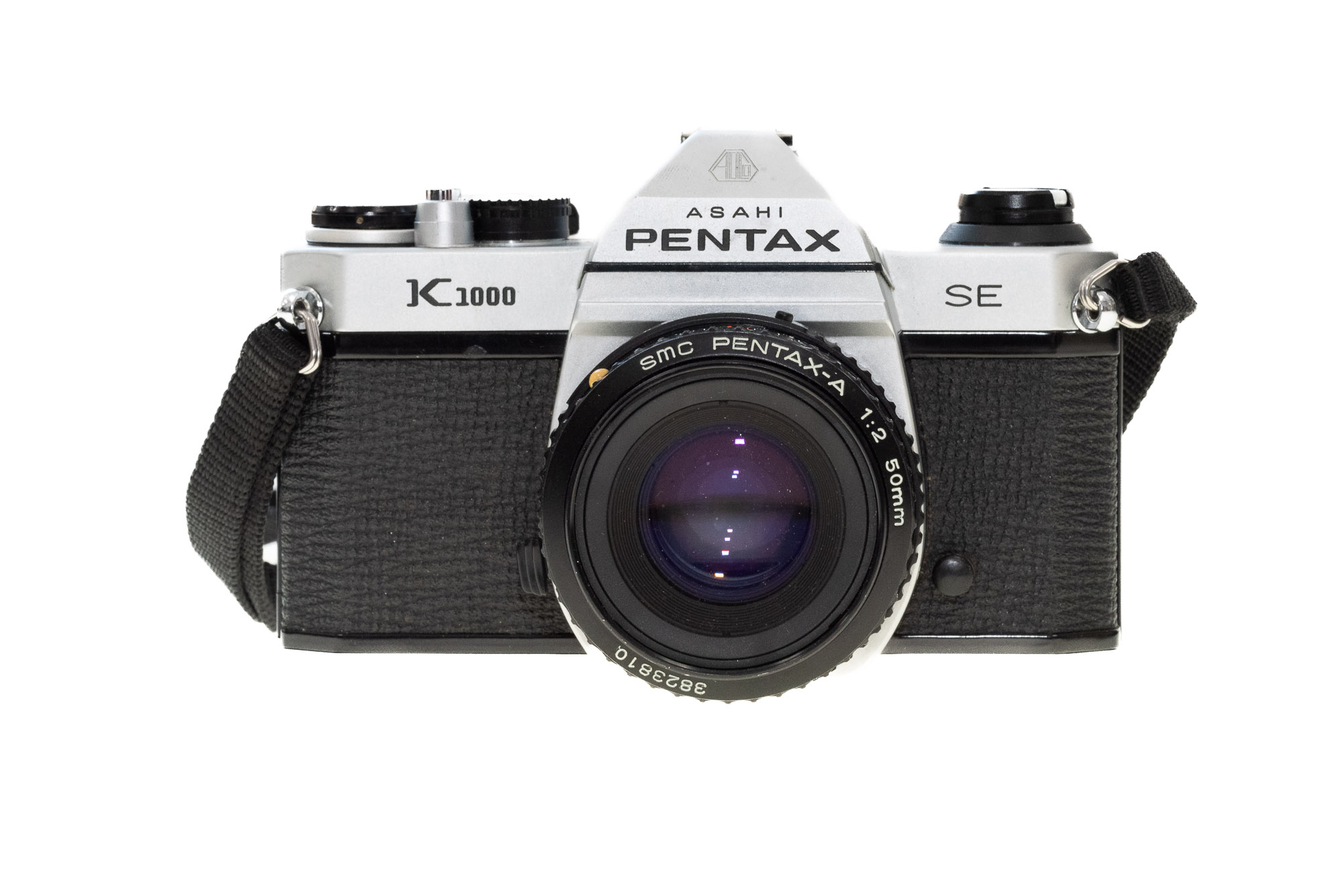The camera has been a pivotal instrument in documenting and preserving history, capturing moments that define human civilization. The evolution of cameras from rudimentary devices to sophisticated digital systems mirrors the technological, cultural, and artistic advancements of society. This article explores the transformation of cameras over the ages, emphasizing the significance of preserving old cameras not only as historical artifacts but also as milestones in the journey of photography.
The Dawn of Photography
The Camera Obscura and the Daguerreotype
The journey begins with the camera obscura, a simple yet fascinating device dating back to ancient times, which projects images of surroundings onto a surface. It laid the groundwork for photographic inventions. The introduction of the daguerreotype in the early 19th century by Louis Daguerre marked a revolution, producing sharp, detailed images for the first time. This innovation captured the imagination of the public and set the stage for future advancements.
Advancing Toward Portability and Accessibility
As technology advanced, cameras became more portable and accessible to the public. The Kodak Brownie, introduced in the early 20th century, revolutionized photography by offering an affordable, user-friendly camera, democratizing photography and enabling people to document everyday life. This period marked a significant shift, turning photography from an exclusive craft to a popular hobby.
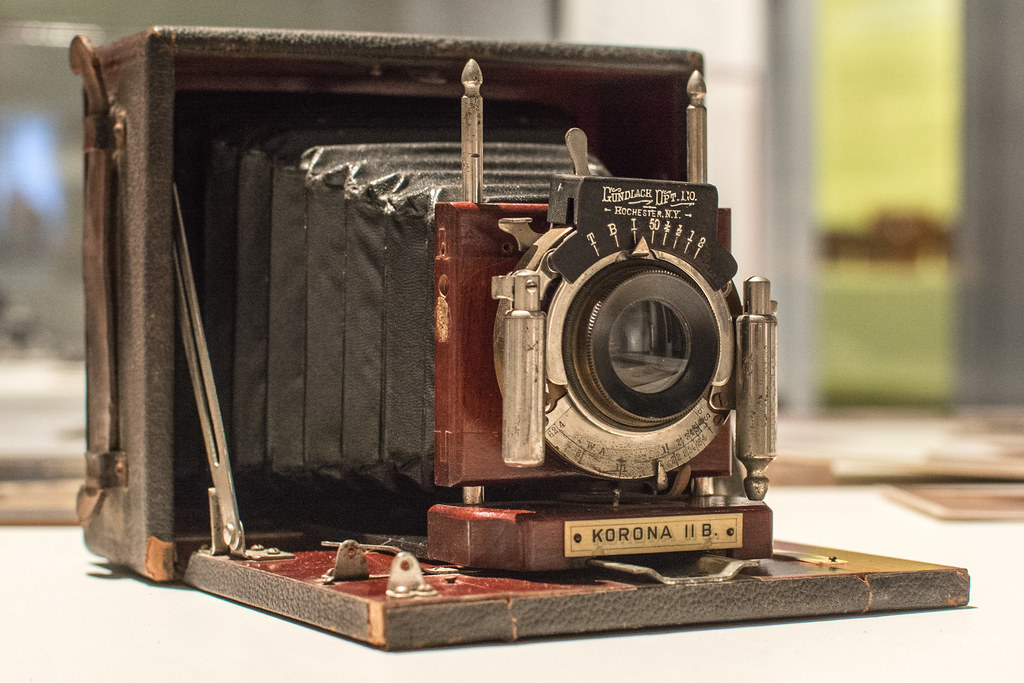
The Mid-20th Century
The Introduction of Color and Instant Photography
The mid-20th century witnessed further milestones with the advent of color film and instant photography. Kodak’s Kodachrome film brought vibrant color to the masses, transforming the visual representation of the world. Meanwhile, the Polaroid camera introduced by Edwin Land allowed photographs to develop in minutes, adding a new dimension to the experience of photography, making it more dynamic and immediate.
The Impact of the SLR Camera
The single-lens reflex (SLR) camera became the choice tool for professional photographers and serious amateurs alike, thanks to its versatility and the quality of images it produced. The SLR camera, with its interchangeable lenses, through-the-lens viewing, and precise exposure controls, pushed the boundaries of creativity and enabled photographers to capture the world from new perspectives.
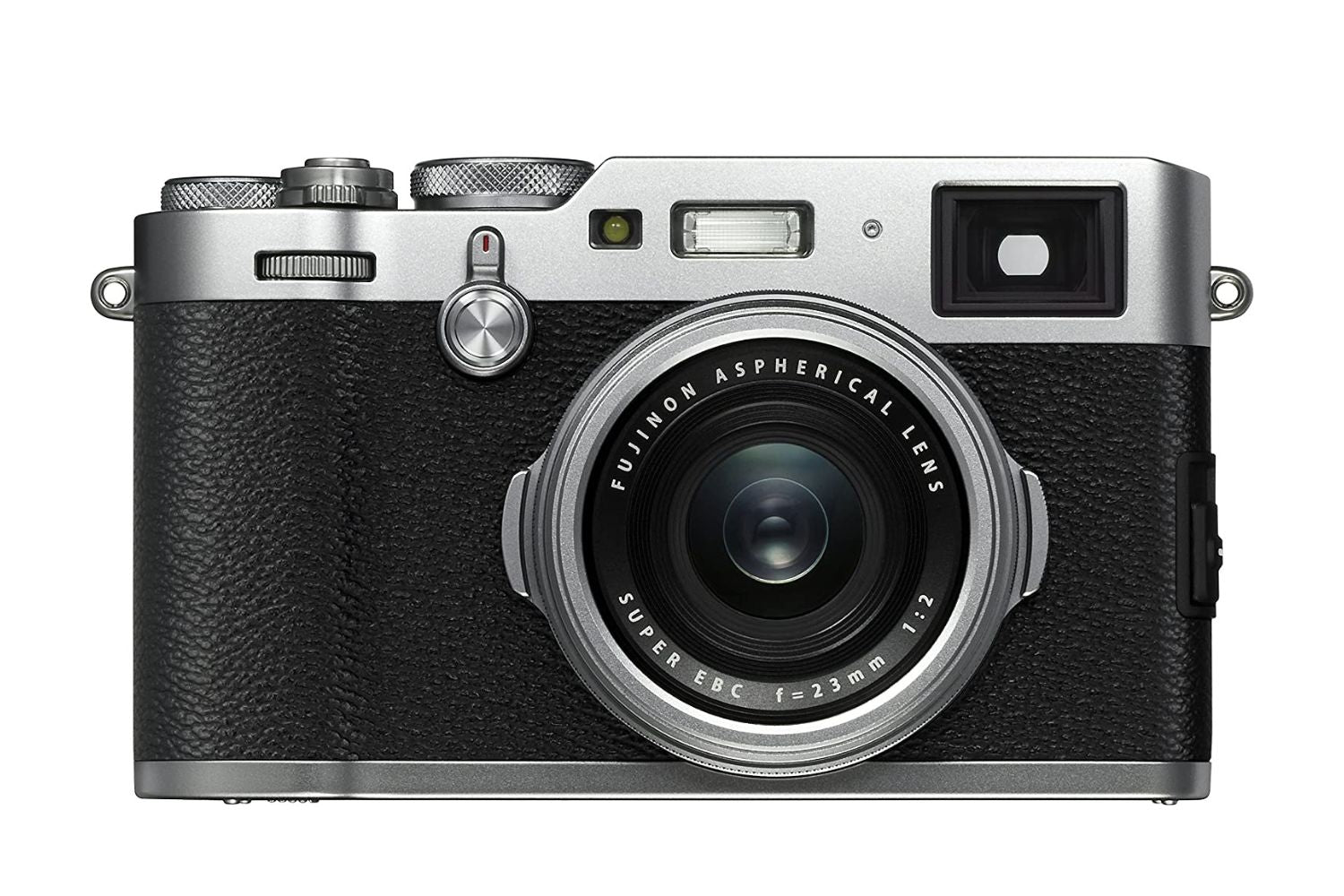
Entering the Digital Age
The Transition to Digital Photography
The late 20th and early 21st centuries marked a paradigm shift with the transition to digital photography. Digital cameras democratized photography even further, eliminating the need for film and making it possible to instantly review images. This revolution not only changed the way people took and shared photographs but also had a profound impact on the professional photography industry.
Preserving the Artifacts of the Analog Era
As digital photography became the norm, the importance of preserving old cameras as historical artifacts gained attention. Museums, collectors, and photography enthusiasts began to recognize these devices not only for their aesthetic and nostalgic value but also as essential records of technological progress and cultural history. Preserving these cameras ensures that future generations can appreciate the history and evolution of photography.
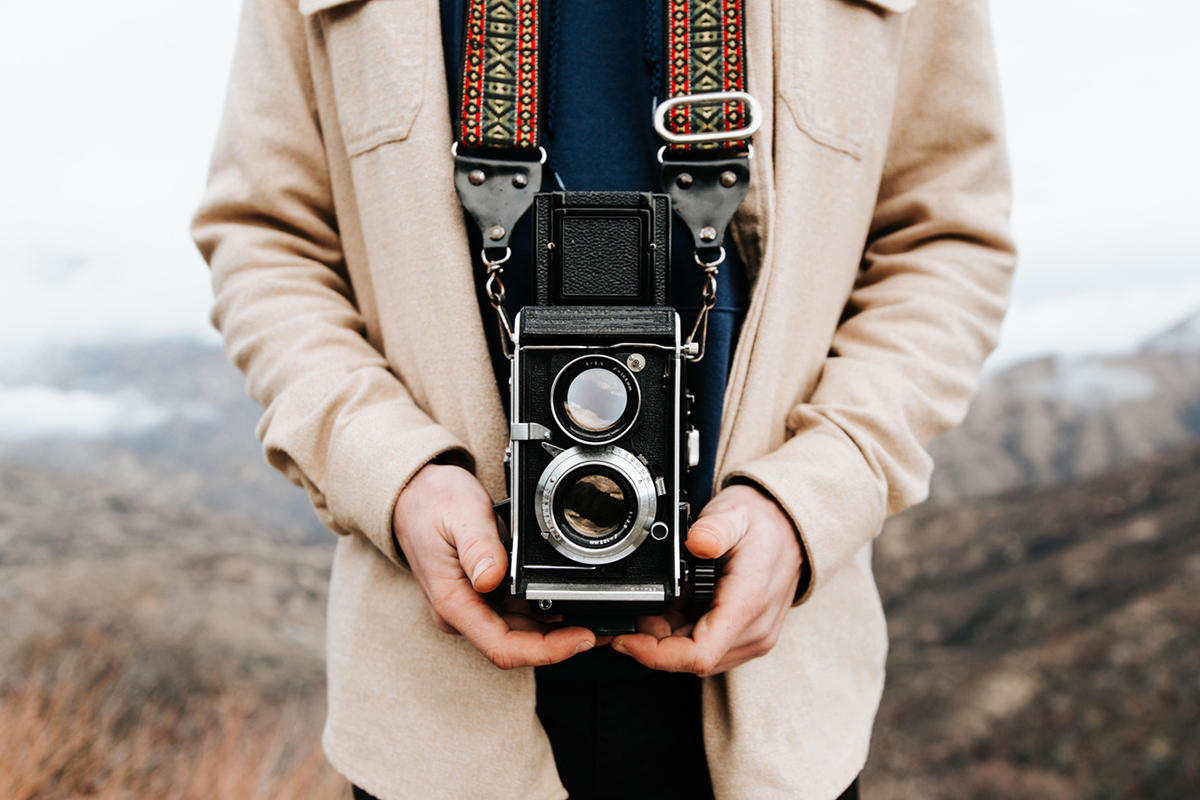
The Importance of Preserving Old Cameras
Cameras as Historical Documents
Old cameras are more than just tools for capturing images; they are historical documents that offer insights into the technological, social, and artistic contexts of their times. Preserving them helps us understand the challenges and innovations of past generations and provides a tangible connection to the history of human expression.
Inspiration for Future Innovations
The preservation of old cameras also serves as inspiration for future innovations. By examining the designs, mechanisms, and materials of historical cameras, modern inventors and creators can glean insights that might inspire new technologies or artistic approaches. The journey of cameras through the ages reminds us that innovation is a continuous process, informed by our past as we move into the future.
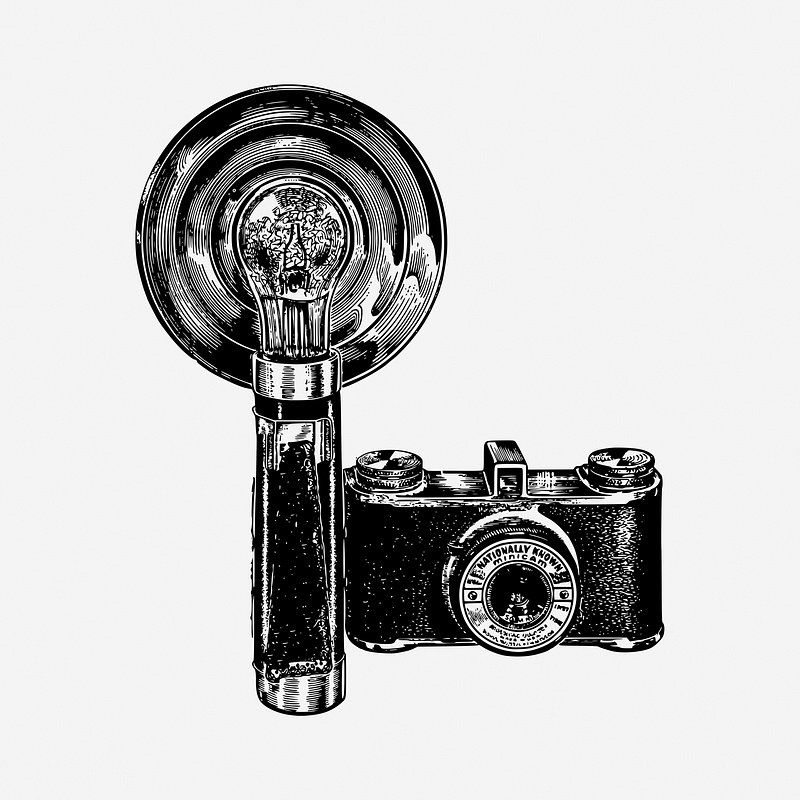
The Role of Community in Preservation Efforts
Grassroots Movements and Online Communities
The preservation of old cameras often starts with grassroots movements and is fueled by passionate online communities. Collectors, photography enthusiasts, and historians share their knowledge, exchange parts, and offer repair advice through forums and social media platforms. These communities play a crucial role in keeping the legacy of traditional photography alive. They not only ensure that these historic devices are maintained and functional but also foster an appreciation among younger generations who might not have grown up with film cameras. By documenting their restoration projects and sharing stories behind vintage cameras, members of these communities contribute to a living archive of photography’s history.
Museums and Exhibitions
Museums around the world dedicate exhibitions to the art and science of photography, including collections of historic cameras that mark significant technological advancements or cultural moments. These exhibitions serve as educational resources, highlighting the importance of cameras in shaping our understanding of the world. They offer visitors a tactile and visual journey through time, illustrating the evolution of camera technology and the corresponding changes in photographic styles and subjects. By preserving and showcasing old cameras, museums help underscore the significance of photography in documenting human history and evolution.
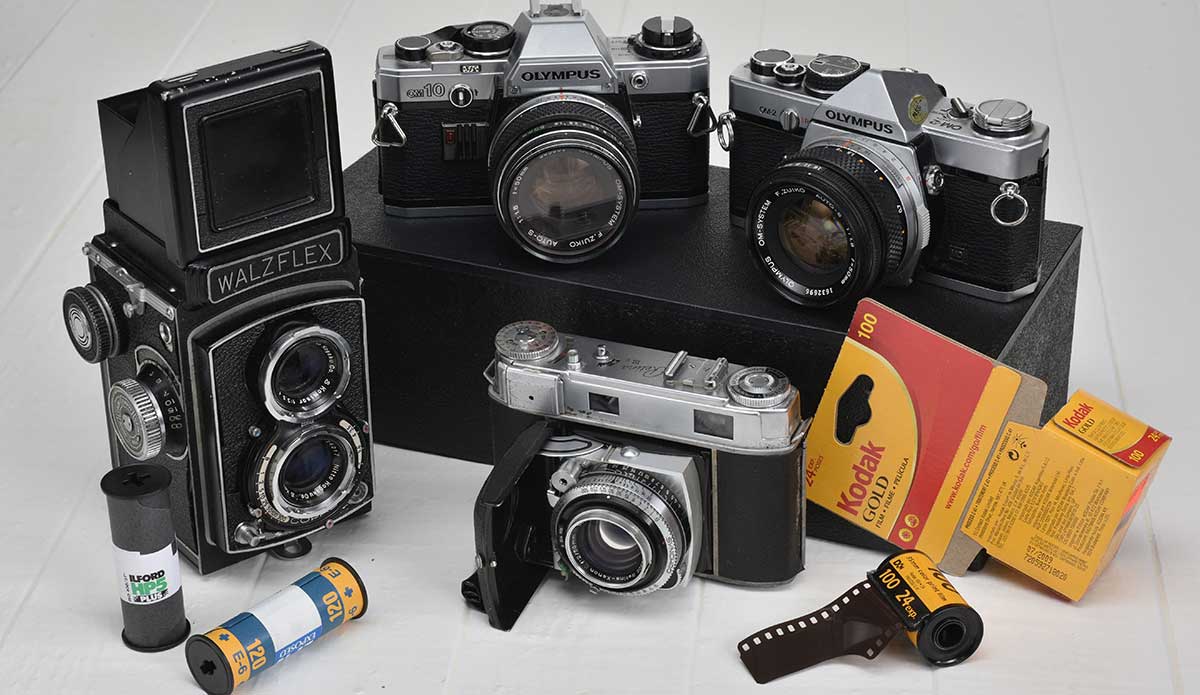
The Integration of Old and New
Hybrid Photography Practices
As we move further into the digital age, a fascinating trend is emerging. There’s a resurgence of interest in analog photography. There’s also integration of old and new techniques. Some photographers are returning to film for its unique aesthetics. Others combine analog photography with digital editing to create hybrid works. This revival of interest in film and vintage cameras is a testament. It highlights the enduring appeal of tactile, physical media in a predominantly digital landscape.
The Educational Value of Old Cameras
The continued interest in old cameras also holds significant educational value. By learning to shoot with film, individuals develop a deeper understanding of photographic principles. These principles include exposure, composition, and the importance of intentionality behind each shot. Older cameras require a level of manual control and attention. Digital cameras often automate these aspects, offering a more hands-on learning experience. For photography students and enthusiasts, working with these historic cameras is not just about nostalgia. It’s a valuable exercise in slowing down and appreciating the artistry involved in capturing a moment.
In conclusion, the evolution of cameras from the camera obscura to today’s digital systems is a testament to human ingenuity and creativity. The journey of old cameras through the ages highlights not only technological advancements but also cultural shifts and the democratization of photography. Preserving these artifacts is crucial for historical documentation, offering inspiration and education for both current and future generations. As we continue to advance technologically, looking back at the milestones represented by old cameras reminds us of our collective journey and the importance of preserving history for posterity.
